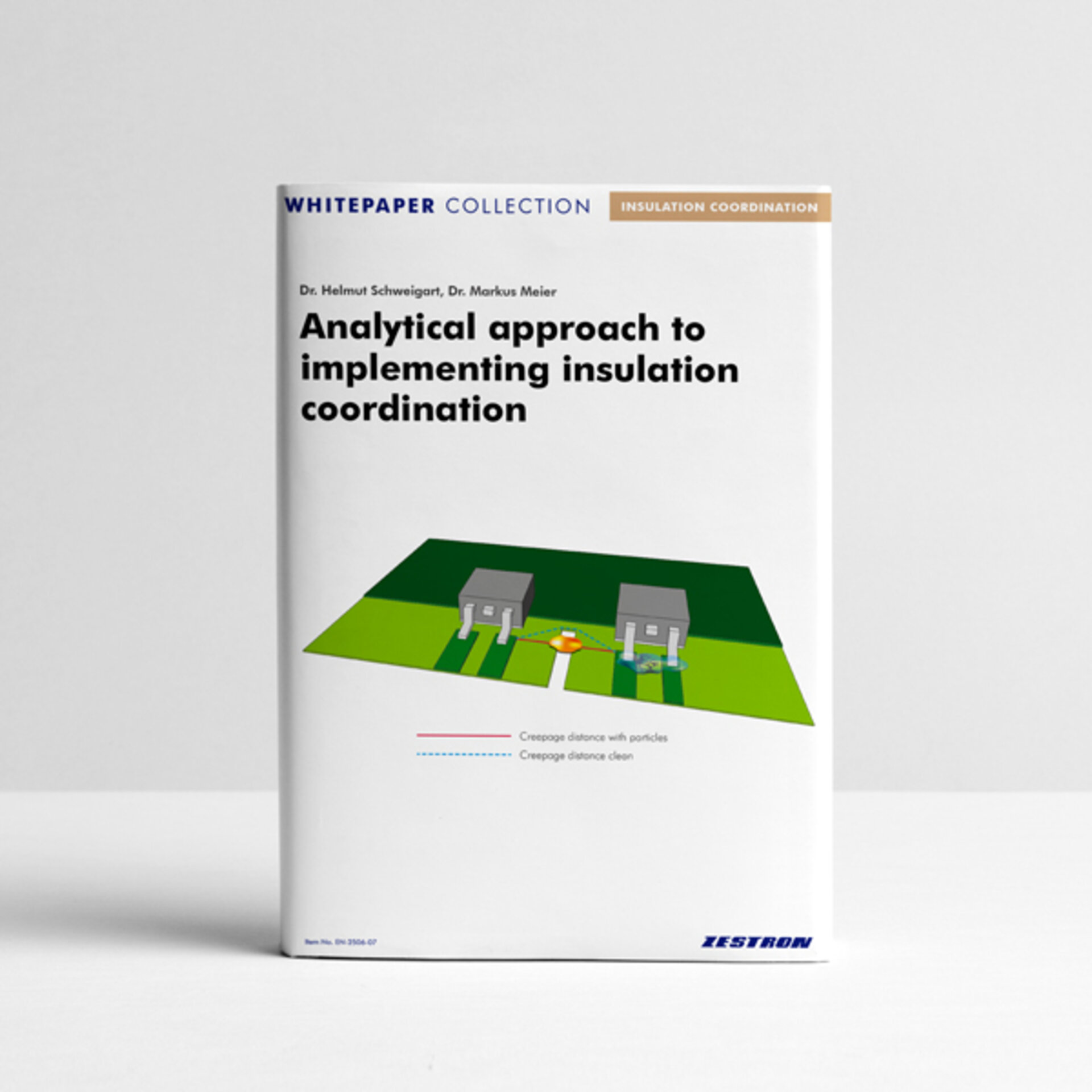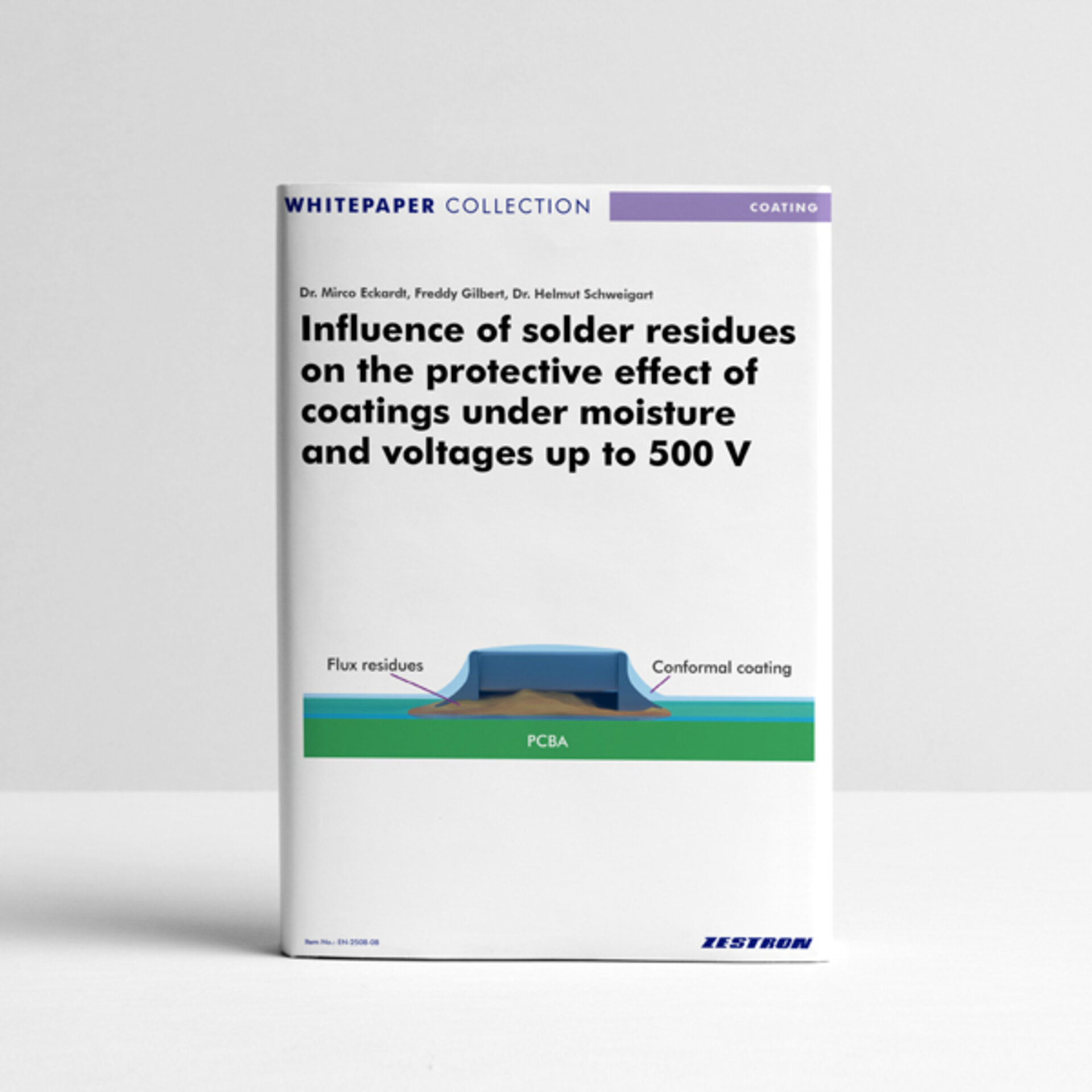
Analytical Approach to Implementing Insulation Coordination
» free «
[Dr. Helmut Schweigart; Dr. Markus Meier]
Brief Insight
At voltages from 400 V to 1200 V, standard tables are no longer sufficient.
This white paper presents three key factors for analytical risk assessment – enabling well-founded decisions on pollution degree, system size, and weight.
Delivery form: PDF
Article number: EN-2506-07
White paper
Analytical Approach to Implementing Insulation Coordination
Abstract
In order to produce reliable power electronics in the range of 400 V - 500 V or in the future from 800 V - 1200 V, it is no longer enough just to follow the tables of standards that exist up to a maximum voltage of 60 V extrapolate.
In order to be able to determine the degree of contamination and thus indirectly the size and weight of the system, the actual risks for the respective assembly must be determined. For this purpose, the contamination on the surface and the insulation material must be assessed in terms of their respective manufacturing quality.
Discover the three key factors that form the foundation of the analytical risk assessment outlined in this white paper.
Key Topics
-
The challenge of insulation aoordination above 400 V
-
Significance of the degree of contamination
-
Linking the degree of contamination to failure mechanisms
-
Technical cleanliness and processes
-
Outlook & Conclusion
Category: Insulation Coordination | Request: Bookmark this

Dr. Helmut Schweigart
Head of Reliability & Surfaces, ZESTRON Europe
Dr. Helmut Schweigart obtained his doctorate for research into the reliability of electronic sub-assemblies, and he has been employed at ZESTRON Europe since the early days of the company. He is now Head of Reliability & Surfaces Team. He is also a member of the Board of Management at GfKORR (Gesellschaft für Korrosionsschutz - a company specialising in corrosion inhibitors) as well as an active member of GUS (Gesellschaft für Umweltsimulation - an environmental simulation company) and of the IPC. He has already published numerous technical articles.

Dr. Markus Meier
Group Leader Reliability & Surfaces, ZESTRON Europe
After his study of chemistry at the Technical University Munich, Markus Meier worked among others on the ageing of cement and earned a PhD on the topic crystallization of cement-hydrate-phases under microgravity conditions. He is experienced in the areas interfacial chemistry and surface analytics. He is part of the Reliability & Surfaces Team in which he is responsible for the coordination of research projects as well as the organization of technology coachings.

